

具体描述
内容简介
本教程是北京外国语大学应用英语学院同英国文化委员会(British Council)合作,经过7年编写、3年试用而推出的一套高级英语自学教程。“高级英语自学系列教程”足为具有中级英语水平的英语爱好者专门设计的,对已经学过两年英语或已经取得大学英语4级证书的读者尤为适用。本教程以语言、文化和情景为主线,融听、说、读、写、译5项技能于一体,通过各种学习任务使学习者获得用英语进行实际交流的能力。本教程的特点是适用于自学,每项学习任务都有反馈和参考答案。其中的3本《成功指南》则是为学习者提高自身的素质,如自主学习能力、良好的学习习惯和技巧等而专门设计的。
作者简介
顾日国,现任中国社会科学院语言研究所研究员,当代语言学研究室主任,《当代语言学》杂志主编之一,博士生导师,获英国兰开斯特大学语言学系语言研究优等硕士学位(1985)、语用学与修辞学博士学位(1987),师从英国学术院Geoffrey Leech院士,同时兼任北京外国语大学校长助理和网络教育学院主管副院长。主要研究领域包括语用学,话语分析、语料库语言学、修辞学和英语网络教育。在国际刊物上发表论文23篇,在国内刊物上发表文章23篇,编辑学术著作4部、英语和语言学教材38部。学术兼职有:国际《语用学》、《话语篇章学》、《语用学》、《语料库语言学》编审,国际语用学协会常务理事,英国诺丁汉大学特聘教授(2004-2007),英国学术院王宽城基金会院士、香港理工大学校外学术委员和学术顾问(2005-2008)。先后获霍英东教育基金第四届青年教师科研类一等奖,北京市哲学社会科学优秀论文一等奖,中国“国氏”博士后奖国家级“优秀回国人员”、国家级“优秀博士后”称号等。目录
1 Language and Culture in Communication2 Culture Shock
3 What’S in a Name?
4 SocialInteraction
5 Roles and Relations
6 Non.verbaI Communication
7 In Other Words
8 From a Primitive Tribe to a Global Village
Appendix:Glossary
精彩书摘
Can you make sense of this picture?This is one of the oldest picture writings in the world.The pictures were scratched or painted on birch bark or animal skins,and could be used for communication between people who spoke different languages.The picture was a notice left on a tree by scouts of the Micmac tribe,which was at War with the Passamaquoddy tribe.It is a warning.means that ten Passamaquoddy Indians have been seen in canoes on the lake,going towards its outlet.The ten marks to the left ofthe canoe indicate the number of enemy seen. The fact that they are enemy is shown by the fish which the canoe is following; this is meant to be a pollock,which is the tribal emblem ofthe Passamaquoddy.The rest of the picture is a map,with an arrow on the lake showing the direction in which the ten Passamaquoddy have been seen moving.Tribesmen,like the Micmac tribe,sought various means by which to record thoughts.They drew and painted on cave walls to convey messages;they used signs and symbols to designate tribe or ownership.Do you know how our Chinese ancestors recorded their language in the old days?In dawenkou culture (大汶口文化,about 4494 BC-2690 BC),the unearthed pottery had a variety of symbols on it.This is considered as the earliest form of writing in Chinese civilisation.It is however not the origin ofthe characters(方块字)we use today.I assume that you know something or have heard about oracle bone inscriptions (甲骨文).Table 1 on the next page shows you the evolution of Chinese writing from oracle bone inscriptions to present-day characters.
用户评价
不得不提的是,随书附赠的MP3光盘,简直是神来之笔!对于专升本考生来说,听力部分的提升至关重要。这本书的MP3光盘,不仅仅是简单的朗读,而是包含了大量的对话、访谈、以及一些模拟场景的录音。这些录音的内容,与书中的章节内容紧密结合,很多都是书中的案例或理论在实际对话中的应用。我每天上下班的路上,都会戴上耳机,跟着光盘里的内容进行学习。起初,我只是被动地听,但慢慢地,我开始模仿录音中的发音和语调,甚至尝试着去理解对话的潜台词和文化背景。这种“视听结合”的学习方式,极大地提高了我的学习效率,也让我对书中的知识有了更直观的感受。尤其是一些语速较快的英文对话,一开始听起来有些吃力,但通过反复的练习,我的听力水平得到了显著的提升。
评分我尤其喜欢书中对“文化维度”的介绍。之前听过一些相关的概念,但总觉得有点抽象。而这本书通过一些非常形象的比喻和具体的例子,将霍夫斯泰德(Hofstede)等学者的文化维度理论,比如权力距离、个人主义与集体主义、不确定性规避等,讲解得清晰易懂。它没有直接复制 textbook 上的定义,而是通过一些日常的社交场景,比如家庭互动、职场沟通、甚至是在餐厅点餐的细节,来展示这些维度如何在实际生活中体现出来。比如,书中对比了高权力距离文化和低权力距离文化中,下级与上级交流时的不同表现,让我一下子就明白了,为什么在某些国家,人们习惯于直接表达自己的意见,而在另一些国家,则更倾向于委婉含蓄。这种“接地气”的解读方式,让原本有些枯燥的理论变得鲜活起来,也让我对不同文化有了更深层次的认识。
评分坦白说,在我开始翻阅这本书之前,我曾经有过一些担忧。我担心它会过于侧重理论,而忽略了实际的应用性,毕竟我们专升本的考试,最终还是需要考察我们解决实际问题的能力。然而,当我真正开始阅读这本书的内容时,我的这些顾虑被完全打消了。它非常巧妙地将理论知识与生动的案例相结合,让我仿佛置身于真实的跨文化交际场景中。书中的每一个章节都围绕着一个具体的跨文化交际主题展开,比如语言的非语言差异、沟通风格的误解、跨文化价值观的冲突等等。更重要的是,它并没有直接告诉我“应该怎么做”,而是引导我去思考“为什么会这样”。通过对大量真实案例的剖析,我开始逐渐领悟到,很多在跨文化交流中出现的摩擦和误解,并非是故意的冒犯,而是源于根深蒂固的文化差异。这种“引人入胜”的讲解方式,让我不仅记住了知识点,更重要的是,让我学会了如何去分析和理解这些差异,从而能够采取更恰当的应对策略。
评分本书的一个显著亮点在于,它并没有将跨文化交际仅仅局限于“东方与西方”的二元对立,而是更加细致地划分和探讨了各种文化群体之间的差异,以及同一个文化内部存在的多元性。我记得有一章专门讲到了“代际差异”在跨文化交际中的影响,这让我受益匪浅。我一直以为,只要大家都是中国人,沟通起来就没有障碍,但书中通过一些对不同年龄层人群在沟通方式、价值观念上的对比,让我意识到,即使在同一文化内部,也存在着巨大的鸿沟。例如,对于网络流行语的理解、对于工作与生活的平衡的看法,甚至是对于人际关系的定义,不同代际的人们都有着截然不同的理解。这不仅让我对跨文化交际有了更广阔的视野,也让我开始反思自己在与长辈或晚辈沟通时,可能存在的误解和不足。
评分从整体结构上来看,这本书的编排逻辑非常清晰流畅。它从最基础的“什么是跨文化交际”入手,逐步深入到更复杂的议题,比如跨文化沟通中的策略、跨文化商务谈判、跨文化团队合作等等。每一章之间都有一定的关联性,但又相对独立,可以根据自己的学习进度和兴趣来选择性阅读。我个人喜欢从头到尾按顺序学习,这样能够更好地建立起对跨文化交际的整体认知。书中的小标题设置也很合理,能够帮助我快速定位到我需要关注的内容。而且,书中很多重要的概念或术语,都会被加粗显示,或者有专门的解释说明,这对于我们自学来说,非常有帮助,可以避免因为某个词汇不理解而影响对整个段落的理解。
评分让我感到惊喜的是,这本书不仅仅是理论的传授,更注重学习者能力的培养。书中每一章的末尾,都设计了不同类型的练习题。这些练习题的题型非常多样,有选择题、填空题、简答题,甚至还有一些需要分析案例的开放式问题。这些题目不仅是对本章知识点的巩固,更是对我们运用所学知识解决实际问题的能力的训练。我发现,很多题目都涉及到一些我们日常生活中可能遇到的跨文化交际情境,让我能够将书本上的知识立即应用到实践中。比如,有一道题要求分析一个发生在国际会议上的沟通误解,并提出解决建议。这不仅锻炼了我的分析能力,也让我对如何化解跨文化冲突有了更深刻的理解。这种“学以致用”的模式,是我最看重的一点。
评分这本书的封面设计也很有特色,简约而不失专业感。封面上的“专升本”字样清晰醒目,让人一眼就能识别其定位。“高级英语自学系列教程”和“跨文化交际”的字样也表明了其内容方向。“附MP3光盘1张”的提示更是让我觉得物超所值。当我拿到这本书时,它的印刷质量也很好,纸张的质感也令人满意,翻阅起来很舒适。整体而言,这本书给我的第一印象就非常积极,让我充满了阅读的动力。这对于一本需要长期学习和钻研的教程来说,非常重要。一个好的外观设计和良好的装帧,能够有效地激发学习者的兴趣,提升学习的愉悦感,这对于我们这些需要付出更多努力来完成专升本的考生来说,尤为可贵。
评分拿到这本《专升本》高级英语自学系列教程:跨文化交际,真的是让我眼前一亮,也松了一口气。我一直都对跨文化交际这个话题很感兴趣,总觉得在日益全球化的今天,这不仅仅是一种知识,更是一种必备的生存技能。然而,市面上很多相关的书籍要么过于理论化,要么案例陈旧,要么语言晦涩难懂,让我这种非英语专业出身的专升本考生望而却步。这本教程的出现,就像是为我量身定做的一样。首先,它的定位就非常精准——“专升本高级英语自学系列教程”,这意味着它充分考虑到了我们这类考生的实际情况,不会像一些大学的专业教材那样,一开始就抛出一堆我们无法理解的术语和理论框架。其次,“跨文化交际”这个主题的选择也正是我的痛点和兴趣点所在。我希望能够通过系统学习,理解不同文化背景下人们的沟通方式、思维模式差异,从而在未来的学习和工作中,能够更顺畅地与来自不同国家、不同文化背景的人们交流合作。
评分总而言之,这本《专升本》高级英语自学系列教程:跨文化交际,是我在备考过程中,除了基础英语教材之外,最值得投资的一本参考书。它不仅为我提供了扎实的理论知识,更重要的是,它教会了我如何去观察、理解和应对复杂的跨文化交际情境。这本书的内容安排循序渐进,语言通俗易懂,练习题设计也很有针对性,加上附赠的MP3光盘,更是为我的听力提升提供了极大的便利。我相信,通过对这本书的学习,我不仅能够在专升本考试中取得好成绩,更能在未来的学习和生活中,成为一个更具国际视野和沟通能力的人。这本书就像一位循循善诱的导师,陪伴我一起探索跨文化交际的奇妙世界,让我对未来的挑战充满了信心。
评分这本书在语言风格上,我认为处理得非常得当。它既有高级英语的严谨和专业性,又避免了过于学术化的晦涩。书中使用的词汇和句式,对于正在备考专升本的我们来说,既有挑战性,又在可理解的范围内。我每次阅读的时候,都会准备一个笔记本,记录下一些我之前没有接触过的、但非常实用的高级词汇和短语,以及一些地道的表达方式。更有意思的是,书中在介绍一些比较复杂的跨文化概念时,会穿插一些比较幽默的例子或者故事,让学习过程不再枯燥乏味。比如,在讲到“文化冲击”时,书里就引用了一个作者第一次去某个国家旅游时,因为不了解当地的饮食习惯而闹出的笑话。这种方式,不仅能加深我对知识点的记忆,也能让我感受到作者在编写这本书时的用心,让我觉得这并不是一本冷冰冰的教材,而是一位经验丰富的老师在与我交流。
评分下学期要用的书
评分质量不错,希望能学好
评分快递没有之前的快了,不过书还是很好的
评分自考用的,不过难度挺大的。
评分一
评分经济实惠 正常使用 不错
评分hao
评分包装得很好,每本书都一层塑料,外面还一个大口袋,最外是纸盒,三层包装,外包坏了也污染不到里面。
评分买来一定好好学习
相关图书
本站所有内容均为互联网搜索引擎提供的公开搜索信息,本站不存储任何数据与内容,任何内容与数据均与本站无关,如有需要请联系相关搜索引擎包括但不限于百度,google,bing,sogou 等
© 2025 book.tinynews.org All Rights Reserved. 静思书屋 版权所有

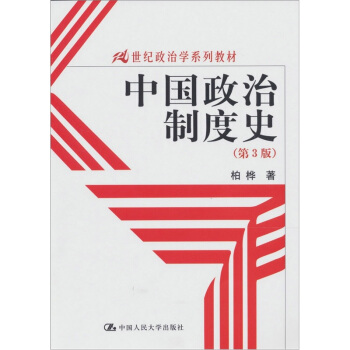

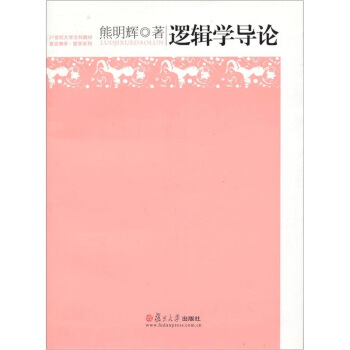
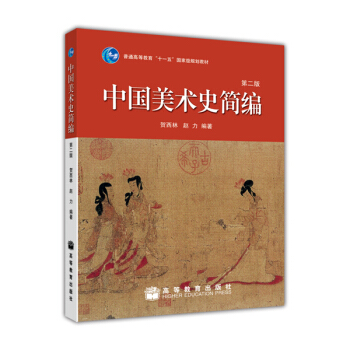
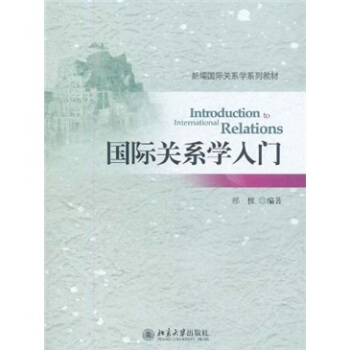
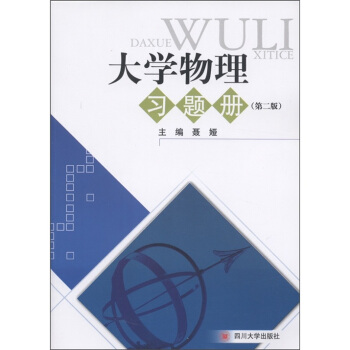




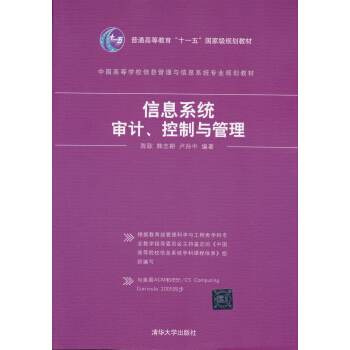


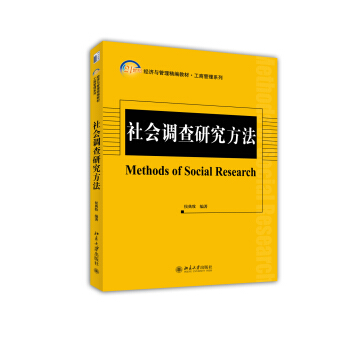
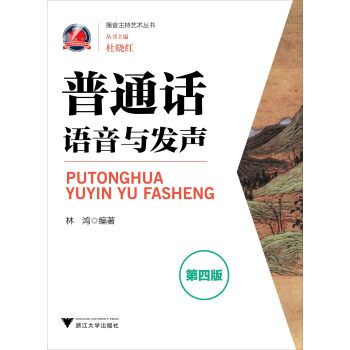
![医学细胞生物学(第七版)/“十二五”普通高等教育本科国家级规划教材 [Medical Cell Biology] pdf epub mobi 电子书 下载](https://pic.tinynews.org/11584930/5474536bNaa486fc3.jpg)

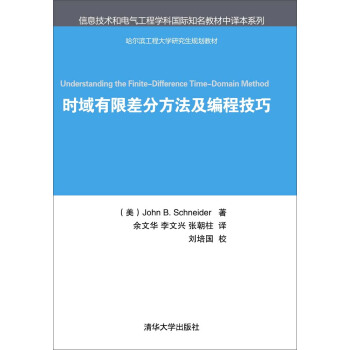
![工程伦理学 [Engineering Ethics] pdf epub mobi 电子书 下载](https://pic.tinynews.org/11673623/553c5458Ne43674e9.jpg)
